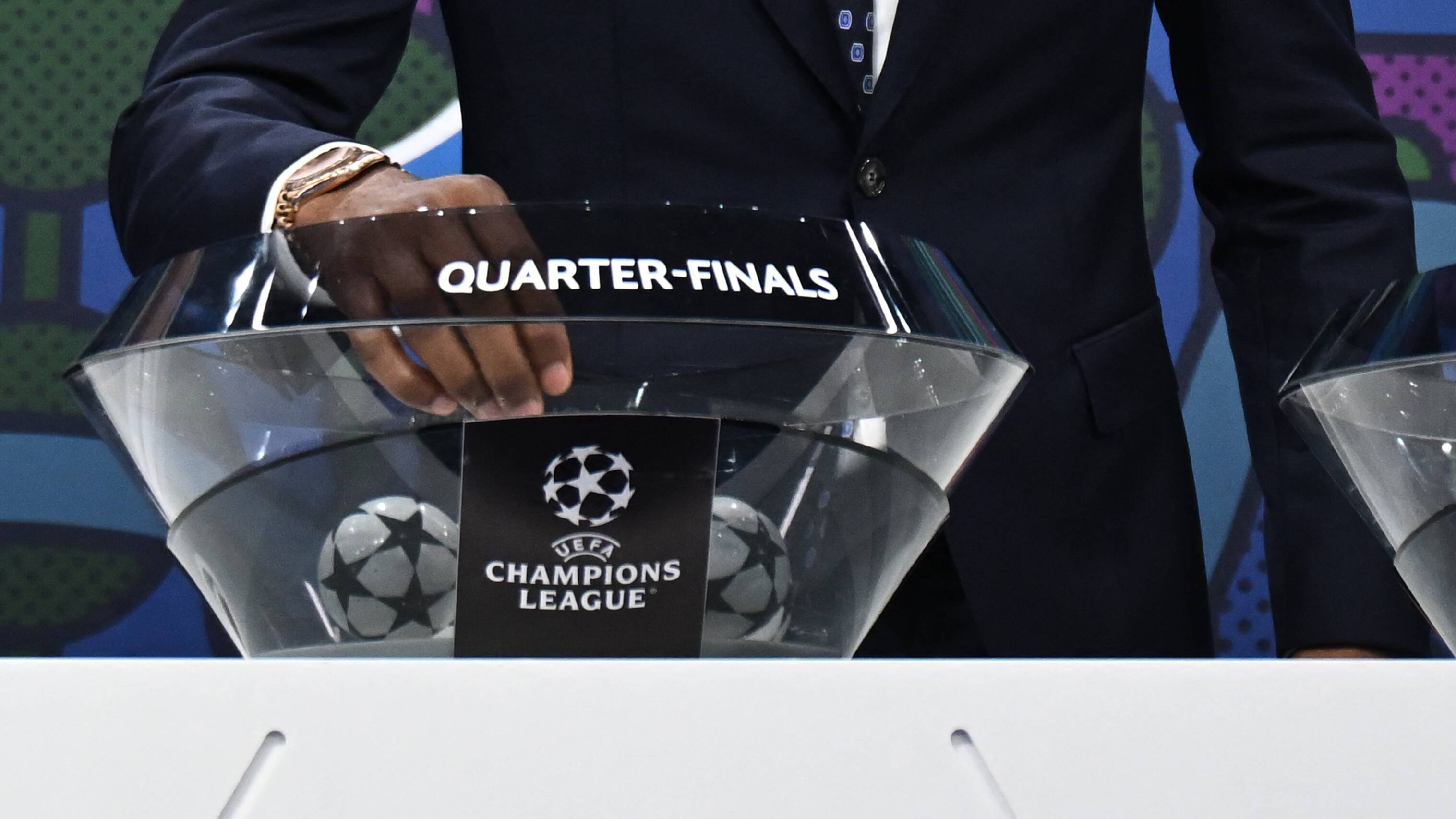The redesigned Champions League is about to begin. We can’t wait to see how it will play out in practice, but based on the previews, it looks like it will be more exciting than it has been in the past two decades, during which the previous format was in place. In the upcoming season, almost everything is changing, including the draw.The location remains the same: the Grimaldi Forum in Monte Carlo. On Thursday at 7 PM EAT, the draw ceremony will take place, but it will be quite different from previous ones. The reason? A computer will be involved in determining who plays against whom. Until now, the human factor was decisive, with balls being drawn from bowls, but now most of the work will be transferred to technology.According to UEFA, the leaders of European football are confident that using a computer is safe and that they are protected from cyber-attacks.Many are asking — why? The answer is simple: to save time.Since the competition has been expanded from 32 to 36 teams, it would require 1,000 balls and exactly 36 glass bowls to determine who plays whom and when. The process is estimated to take four hours! By using a computer, the draw will last the usual time, between 30 and 35 minutes.ℹ️ New format. New draw.#UCLdraw | #UELdraw | #UECLdraw pic.twitter.com/QKTwVPMhQU— UEFA Champions League (@ChampionsLeague) August 20, 2024 The software that will be used for the first time is a product of the British IT company AE Live. It will be supported by two backup software systems, and the draw will be audited by the accounting firm Ernst & Young. The draw will use the so-called “Swiss model,” which has been used in chess and cricket.The human factor will still be present, but only to the extent that one of the hosts will draw a ball from the pot, after which the computer will take over and determine the opponents for the drawn team. Each team will play eight matches against eight different opponents (four at home, four away), with two opponents from each pot. It’s important to note that the software will prevent teams from the same country from facing each other (as was the case before), but a new feature is that one team can play against (at most) two representatives from the same country. For example, Real Madrid could not face Barcelona, Atlético, or Girona, but could theoretically be drawn against both Manchester City and Liverpool.##EDITORS_CHOICE##As UEFA points out, this is one of the advantages of the new system: more direct clashes between “heavyweights.” Additionally, other positive changes include more equality and diversity among opponents, a more dynamic competition, diverse matchups, equal chances for every club to reach the round of 16 regardless of which pot they are in for the draw, more unpredictability, and more matches with sporting interest.Ultimately, there will be more matches overall. Instead of 125, there will be 189.Let’s recall, there are no more groups in the Champions League, just one group. All 36 teams will form a single table, with the top eight teams automatically advancing to the knockout stage (starting with the round of 16). The teams placed ninth through 24th will compete in a playoff to determine the remaining eight participants in the round of 16. Teams finishing 25th through 36th will be eliminated from international competition, without the possibility of moving to the Europa League, as was the case before.POT SEEDS AHEAD OF THE 2024/25 CHAMPIONS LEAGUE DRAW:First Pot: Manchester City, Real Madrid, Bayern Munich, Paris Saint-Germain, Liverpool, Inter, Borussia Dortmund, RB Leipzig, Barcelona;Second Pot: Bayer Leverkusen, Atlético Madrid, Atalanta, Juventus, Benfica, Arsenal, Club Brugge, Shakhtar Donetsk, AC Milan;Third Pot: Feyenoord, Sporting Lisbon, PSV Eindhoven, Celtic, and five playoff winners.Fourth Pot: AS Monaco, Aston Villa, Bologna, Girona, VfB Stuttgart, Sturm Graz, Brest, and two playoff winners.Let’s also recall the playoffs:Young Boys (Switzerland) – Galatasaray (Turkey), first leg 3:2Dinamo Zagreb (Croatia) – Qarabağ (Azerbaijan), first leg 3:0Midtjylland (Denmark) – Slovan Bratislava (Slovakia), first leg 1:1Bodo/Glimt (Norway) – Red Star Belgrade (Serbia), first leg 2:1Malmö (Sweden) – Sparta Prague (Czechia), first leg 0:2Lille (France) – Slavia Prague (Czech Republic), first leg 2:0Dynamo Kyiv (Ukraine) – Red Bull Salzburg (Austria), first leg 0:2The Europa League and Conference League will also use the new “Swiss model” format for their draws (scheduled for Friday). It’s important to note that the number of matches in the Europa League will increase, mirroring the Champions League (each team playing eight matches), while in the Conference League, each team will play six matches.

